The Natural Flying Mated – part II
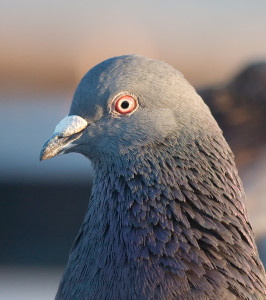 From the chosen candidates I will eliminate until I have only two or three left which are both in top physical condition and also in the right nesting condition to create the required mental condition. My pool and nomination birds will come from these last few selections. I usually give all my attention to the pigeon’s physical condition during the first few days of the week and, depending on the basketing day, only concentrate on the mental condition during the last two days before basketing.
From the chosen candidates I will eliminate until I have only two or three left which are both in top physical condition and also in the right nesting condition to create the required mental condition. My pool and nomination birds will come from these last few selections. I usually give all my attention to the pigeon’s physical condition during the first few days of the week and, depending on the basketing day, only concentrate on the mental condition during the last two days before basketing.
This is the time to decide on what tricks one should use, if necessary, to create the correct mental condition. Tricks are only played on pigeons which are not in the favoured nest condition, in a case such as driving cocks, where an egg is slipped into the nest. Another case would be pigeons sitting on eggs of fifteen days old or older which have previously shown keeness for chipping eggs, or if not available, an egg in which a grasshopper or cricket has been placed. A few years ago I still had to blow out an egg for this purpose but now plastic eggs with removable sides are available. Unfortunately they have not as yet been abie to provide the grasshopper or cricket, so that I have had to spend a lot of time searching for these vital ingredients which, in winter time, are not very plentiful.
In hot countries, it can also be fatal to send a pigeon to a race while sitting on hatching eggs or feeding a small youngster of up to five days, especially when it is while sitting on its first round of eggs for the season. This applies more to yearlings, yet older birds also sometimes suffer from too much pigeon milk. The milk can become sour, turn bad and can cause the pigeon’s death. It is therefore inadvisable to fly pigeons on this method when you can not be assured that liberation will take place the next day.
Pigeons sitting on eggs up to ten days old give good results, whilst the period between ten and fifteen days is less favourable. During this period I have found that by adding one egg to the nest each day until there are four or five eggs in the nest, one can also increase the anxiety, which sometimes bring the desired keeness. Keen observation will soon teil the fancier which of the two, the hen or the cock, are the keenest. Driving cocks can also be flown sucessfully if they receive the necessary training beforehand. I have always found that certain families fly better than others under certain conditions. It is up to the fancier to discover these family specialities.
When you intend racing a yearling cock in a driving condition, it pays to throw him out for a trip around the loft a few times and then allow him to find his hen in the loft on his return. A short toss, as is done with the hen sitting on eggs or a chipping egg, also helps. However, I prefer not to race a yearling cock in this condition. Older cocks are more reliable than yearlings when flown in a driving condition. I prefer to try and trick the young cock by putting an egg in its nest some ten minutes before basketing. The eggs usually causes the bird to calm down and reduces the risk of losing it because of an over excited mental condition.
One should also select the type of cock to be raced in a driving condition. Cocks driving madly are too excited and seldom race well in such a condition. Furthermore they very seldom reach peak physical condition during this period. My preference goes to the cock which simply watches his hen without letting her out of his sight. He stands behind her when she is not in the nestbox and pecks at her head occasionally, without actually driving her.
On one occasion I basketed two old cocks which were only driving slightly as described in the previous paragraph. They had both scored previously but I favoured them for this race because they were both due to start a second nest. The race was from Ventersburg, 285 km and a fast race was expected. They obliged by taking second and fourth club at a velocity of 1,350 metres per minute. I have always found that driving cocks do better in fast races.
Due to the short duration of this condition one does not always catch a pigeon in it on basketing day. I have tried to prolong the condition by removing the hen from the loft during the day, but have seldom succeeded. This is partly either because the hen will lay too soon or because the cock becomes over excited and starts driving madly. One should also be sure of a liberation the next day when a driving cock is sent, since a long stay in the basket could cause it to loose condition due to its condition of anxiety. One of the best conditions for cocks is what is generally termed a full house. This is when the hen has laid for the second time with the cock attending to the youngster. This condition can be extended since the youngster will start eating and the cock will continue to feed it. It has the advantage that the youngster is already eating enough and thus does not actually take much out of the cock, whilst the cock remains keen on the youngster. Many good races have been won on this condition.
Pigeons raced on the natural system, I have always found, should not rear more than one youngster in a nest. One youngster does not take as much out of the parents as two and the hen will usually lay again much sooner when feeding only one youngster. Pigeons feeding youngsters up to ten days give good results and this period can be prolonged if the fancier succeeds in keeping the pigeon’s physical condition up. This can be achieved either by helping to feed the youngster or by continually changing the youngster for a smaller one. I have known fanciers to race a hen for four weeks running to a youngster of eight days old. This is done by replacing the youngster by a smaller one after every race.
There are many tricks and variations on this method of racing. The serious fancier will soon find his way, provided he is prepared to tackle it and persevere until he has met with success. Remember what we have said in the beginning, that mistakes are the price we have to pay for experience. One will make many mistakes in the beginning on this racing method.
I once showed a cock to a friend of mine and complained to him that I wanted to race it at the weekend in a driving condition, but that its hen had laid the previous evening. This conversation took place on basketing day. He immediately asked me why I have not taken the egg away and given it back just before basketing. This would have had the desired effect, yet now the pigeon was in one of those in between conditions where it did not show much keenness.
The cock had a bad race that weekend, but I had learnt something new and will not make the same mistake again. When flying mated one must always be on the look out for the abnormal behaviour in one’s pigeons as this usually is an important indication. Any pigeon reacting in an unusual way normally displays some form of keenness, such as cocks sitting at unusual hours, or hens sitting during the daytime when they should be off.
Among the pointers to winners are, in order of success, pigeons on hatching or sitting on a small youngster, pigeons sitting on eggs up to ten days old, pigeons on a fresh nest and still feeding a baby and old cocks sent driving. Pigeons on others conditions, such as an outsider, sometimes fill up the gaps.
The Natural Flying Mated – part II by Theunis F – Gallez Jules – Degrave Martin

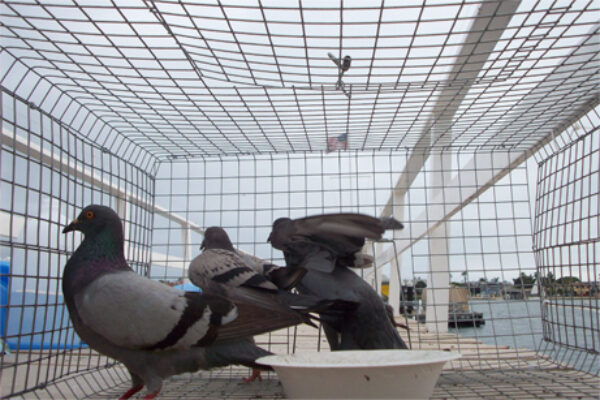
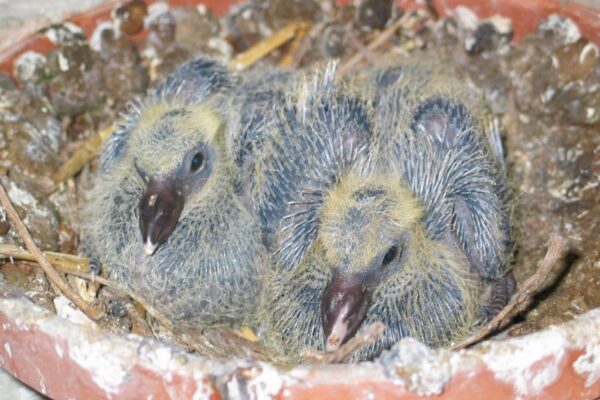
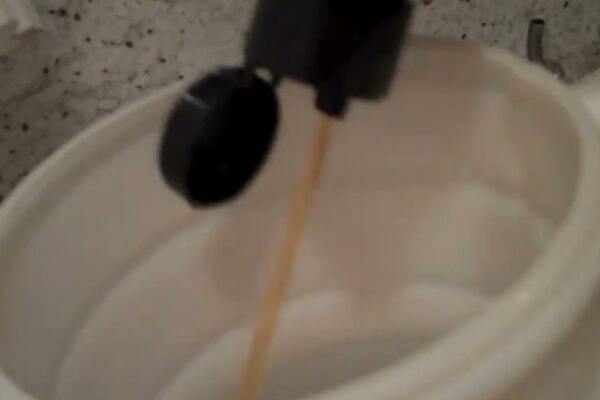
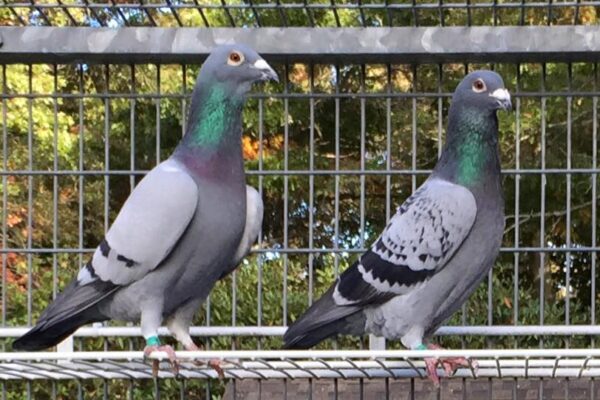
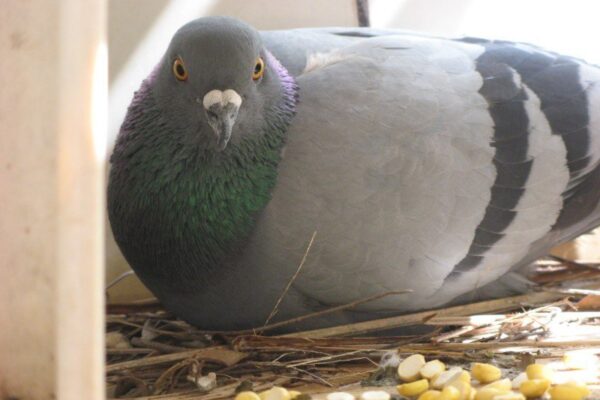


There are some very good tips in this article for old and new fanciers some i had forgotten.